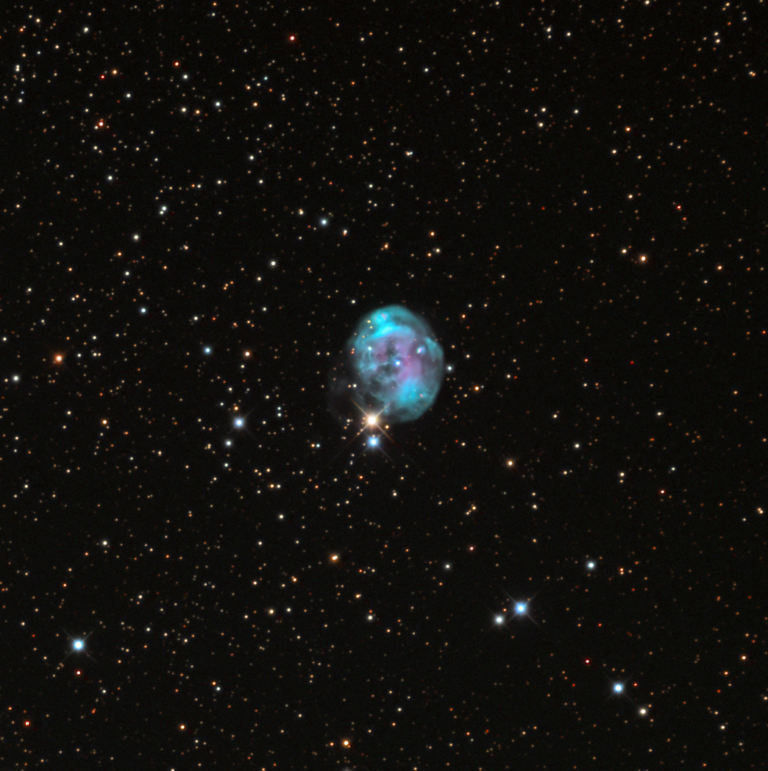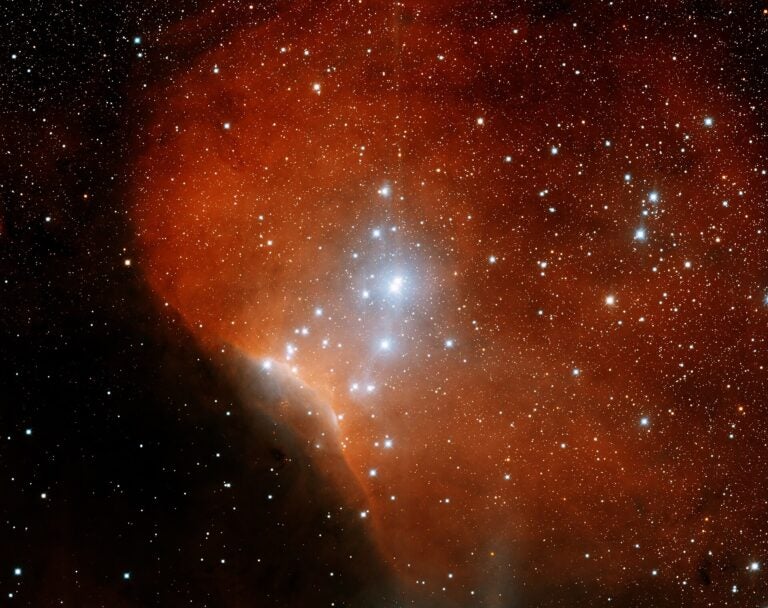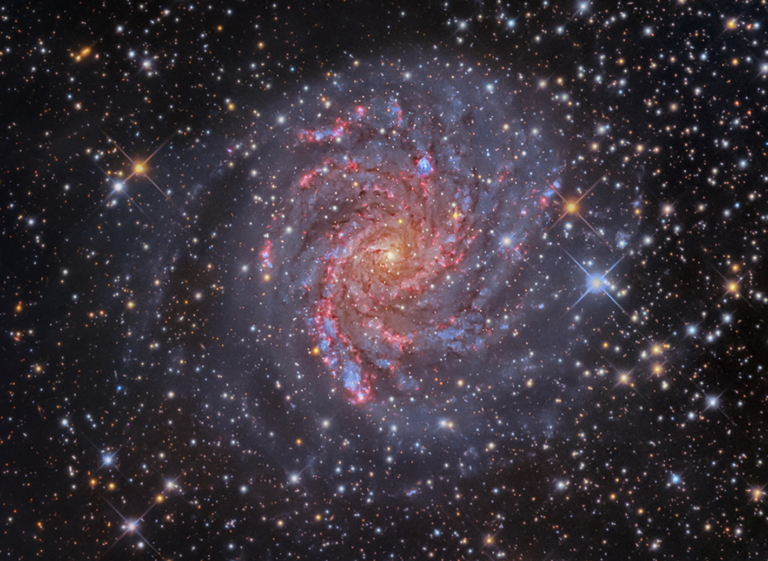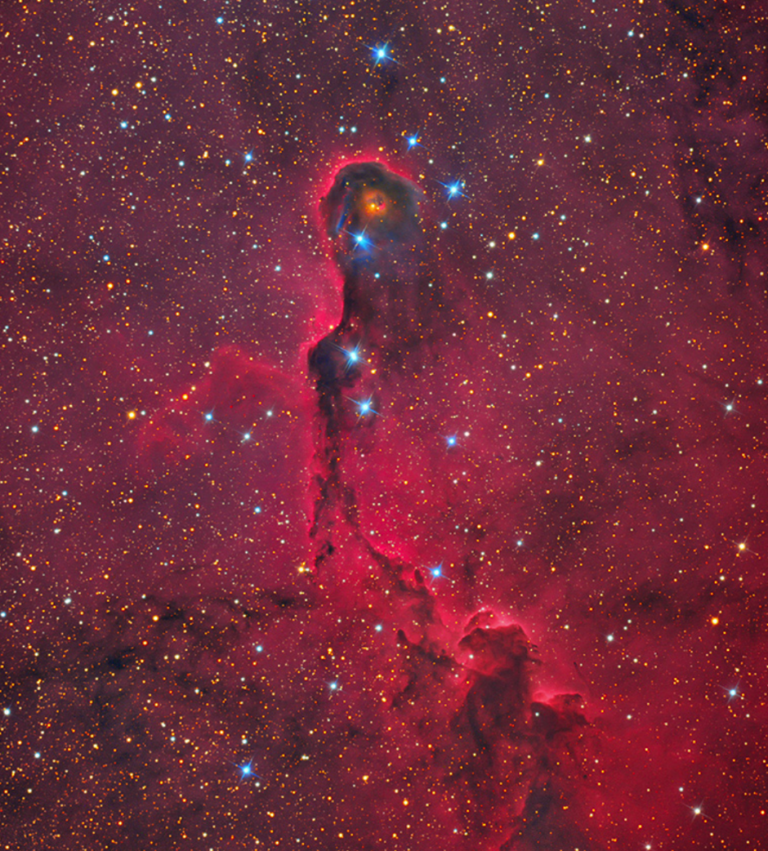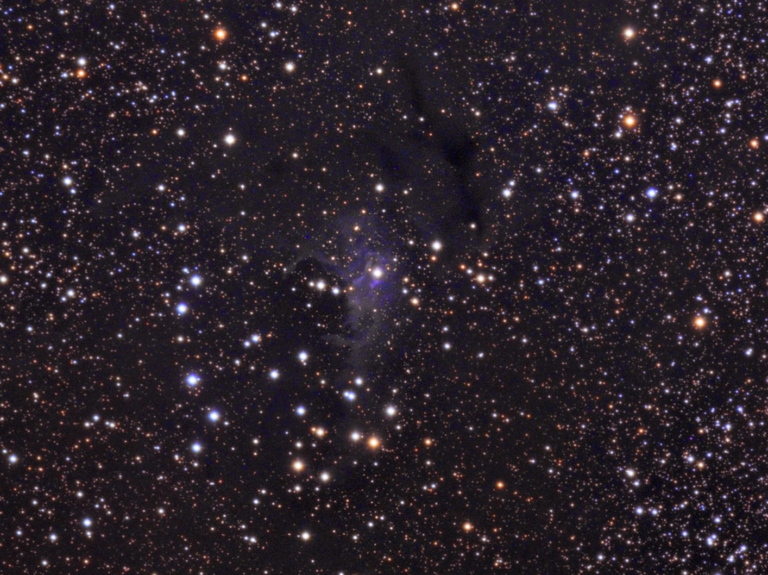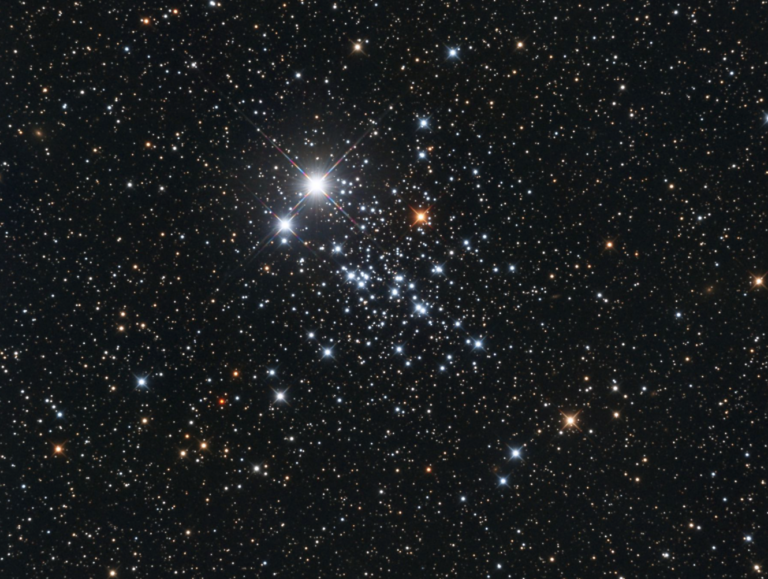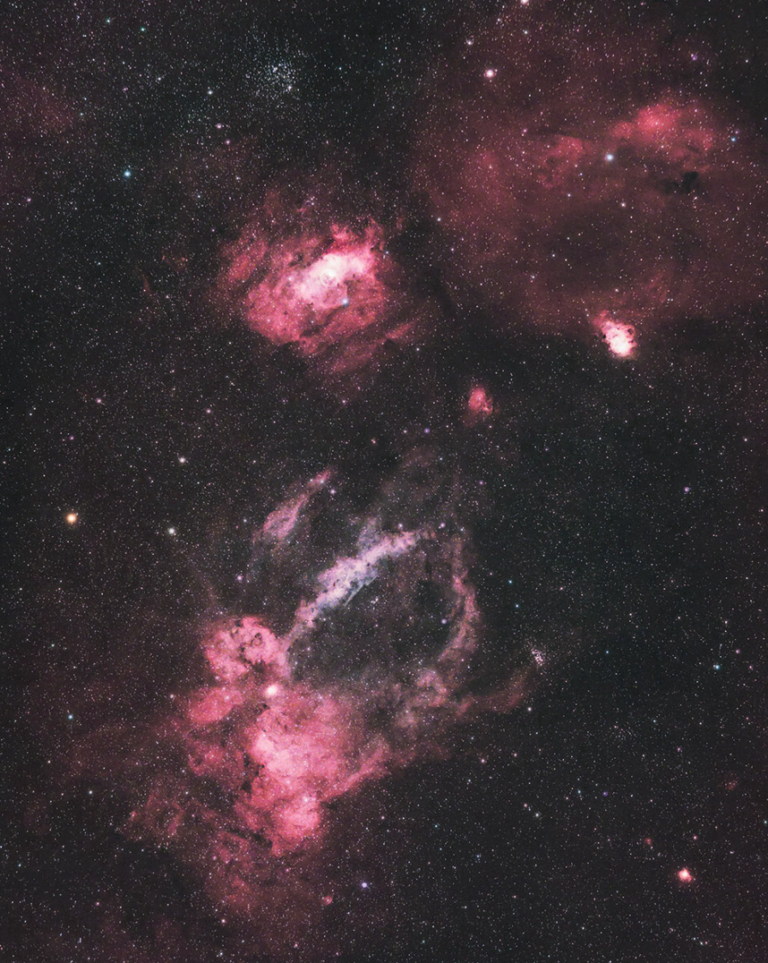Walter Scott Houston was born in Milwaukee, Wisconsin, on May 30, 1912. He developed a love for physics, optics, and astronomy at an early age. By 12, he had observed all the Messier objects and his love of astronomy had grown into one that would last a lifetime.
After college, Scotty — as his countless friends knew him — moved around, teaching in Alabama, Ohio, Kansas, Missouri, and Connecticut. During those years, he landed a contributor role at Sky & Telescope magazine, taking over a column called Deep-Sky Wonders from Leland Copeland in 1946. He would spend the next 48 years educating and enthralling readers, including myself, on the magic of deep-sky observing. I’ve affectionately dubbed us “Scotty disciples.”
I met Scotty several times at Stellafane conventions. He was quite the character. And, through the years, he was very kind to me. He mentioned my first book, Touring the Universe Through Binoculars, in his February 1991 column, saying, “Unlike other guides intended for binocular users, … the author works hard at addressing the special problems encountered when observing with binoculars.” You can imagine my despair when Scotty passed away just three years later, in December 1993.
In honor of Scotty’s 110th birthday, I’d like to feature the three objects he profiled in his first column. All are visible in this month’s sky, laid out in a pattern that I call Scotty’s Triangle.
The first target is the Dumbbell Nebula (M27) in Vulpecula. M27 is the second-brightest planetary nebula in the sky at magnitude 7.5. But finding M27 can be tricky. I get to it by using the constellation Sagitta the Arrow. M27 is due north from the arrow’s tip, orangish magnitude 3.5 Gamma (γ) Sagittae. In one of his columns, Scotty suggested to first find an M-shaped asterism 5° north of Gamma formed by 12, 13, 14, 16, and 17 Vulpeculae — all of which are around 5th magnitude. Our target is just 1/2° south of 14, the M’s middle star.
M27’s two-lobed shape — which led to its popular nicknames of the Dumbbell, Hourglass, and Apple Core Nebula — does not readily show itself at 7x to 10x. For me, it takes my 16x70s to reveal the cloud’s tapered waist, while my 25x100s begin to reveal some of the subtle irregularities in its structure.
Scotty’s second featured object was another planetary nebula, M57, the Ring Nebula in Lyra. At magnitude 8.8, M57 is bright enough to be seen through most binoculars. Confirming it, however, is difficult because of its small apparent size. While M27 measures about 8′ by 6′, M57 spans less than 2′. That reduces it to a starlike point at low magnifications.
To find it, center your aim along the bottom of Lyra the Lyre’s rectangular frame, between the stars Sulafat (Gamma Lyrae) and Sheliak (Beta [β] Lyrae). M57 sits almost exactly halfway between them. To confirm that you are looking in the right place, M57 marks the vertex of an isosceles triangle with two 8th-magnitude stars just to its north. If you can identify that triangle, then you’ve hit M57. If not, try again! It’s the thrill of the hunt that makes it fun to spot tough targets through binoculars.
Lastly, we come to Scotty’s third target, the Wild Duck Cluster (M11) in Scutum. M11 is the easiest of the three to see through binoculars. Find it by tracing Aquila the Eagle’s diamond-shaped body from Altair to the curve of its tail-feather stars, Lambda (λ) and 12 Aquilae. Together with Eta (η) Scuti, Lambda and 12 form a three-star arc that hooks right toward M11.
M11 is one of my favorite summer objects. It looks like a ball of celestial cotton, resembling an unresolved globular cluster more than an open cluster. That’s because, save for a single 8th-magnitude star buried within, none of its suns shine brighter than 11th magnitude. What also impresses me are the star-studded surroundings. I like to just sit back in a comfortable chair and drink it all in.
Next time you observe, think of people in your life who have influenced your enjoyment of the night sky, as Walter Scott Houston did for so many. And until next month, remember that two eyes are better than one.


